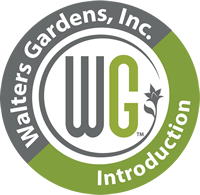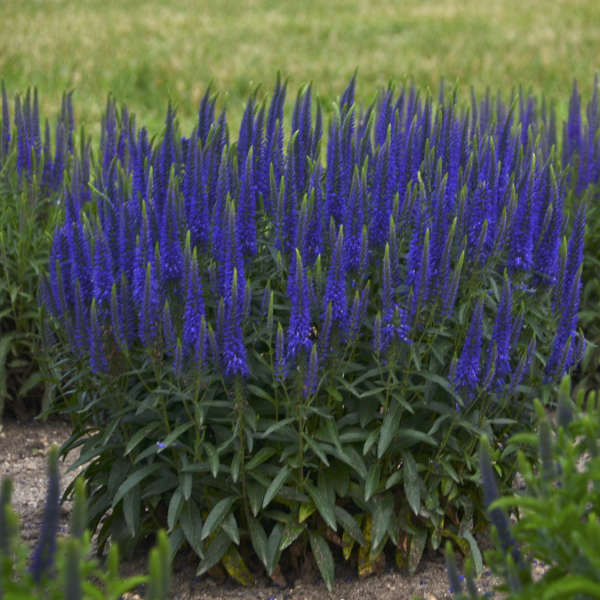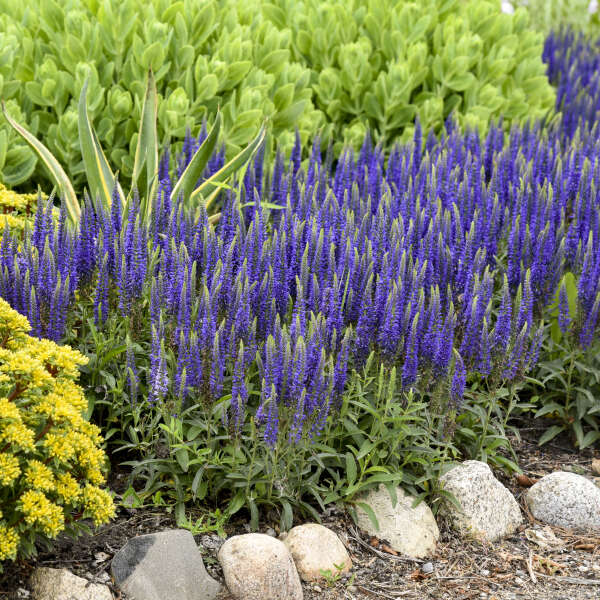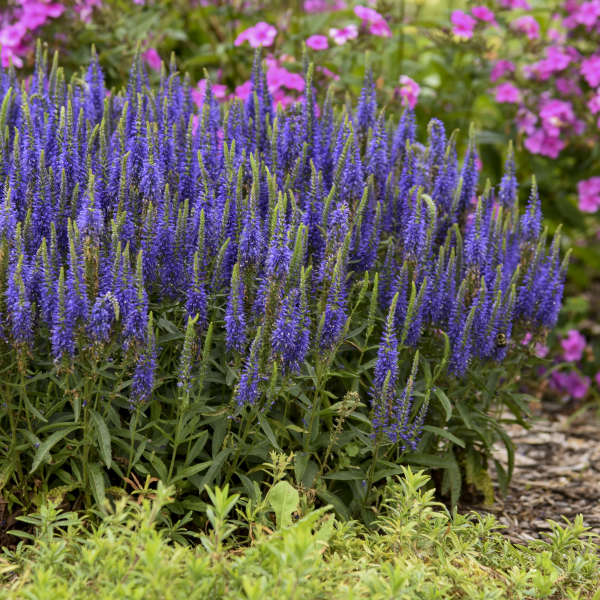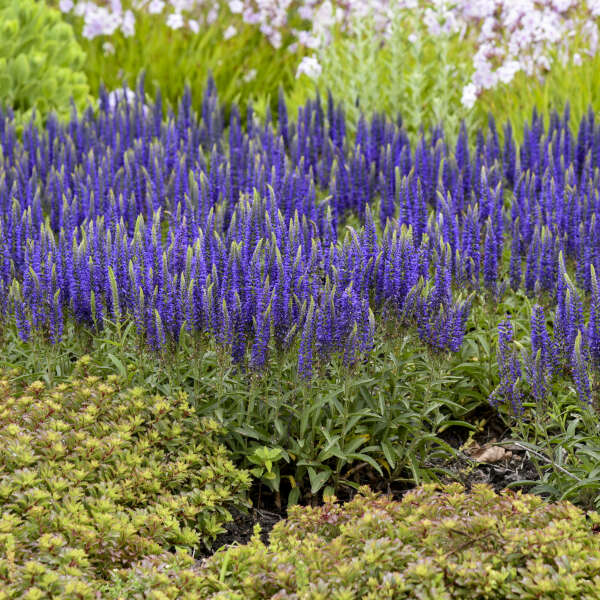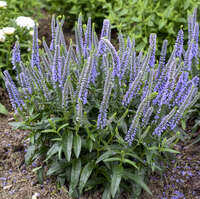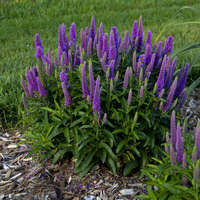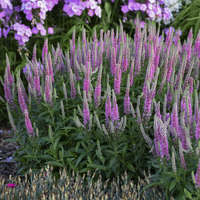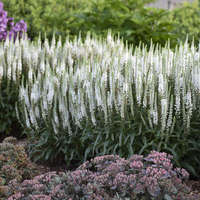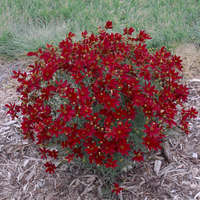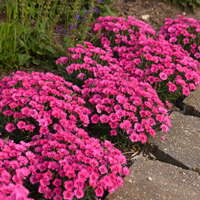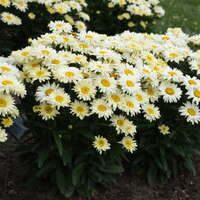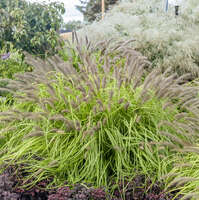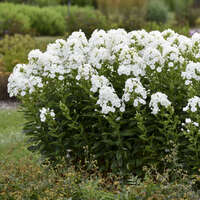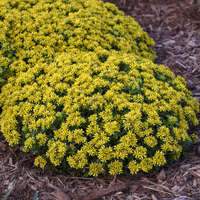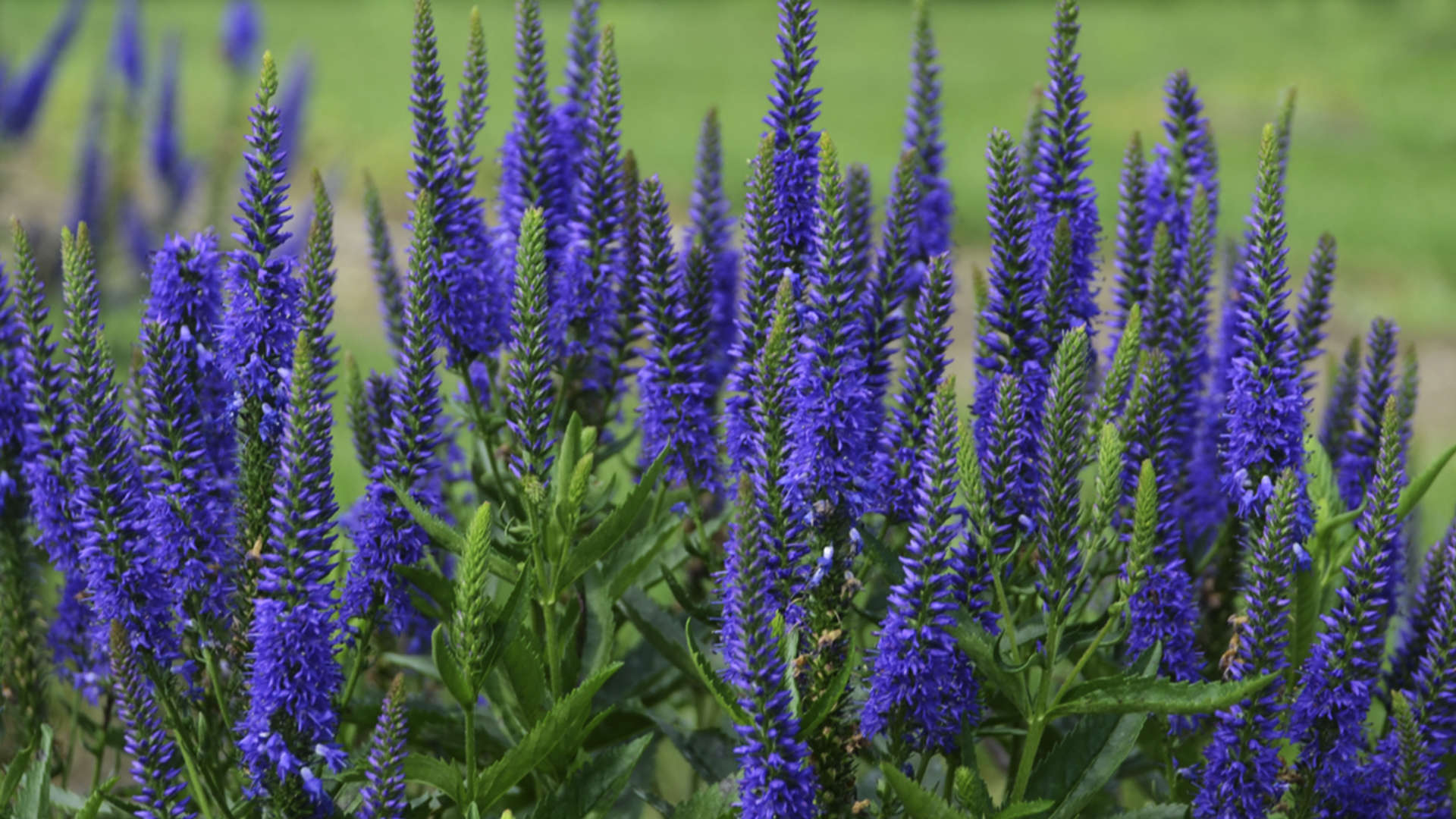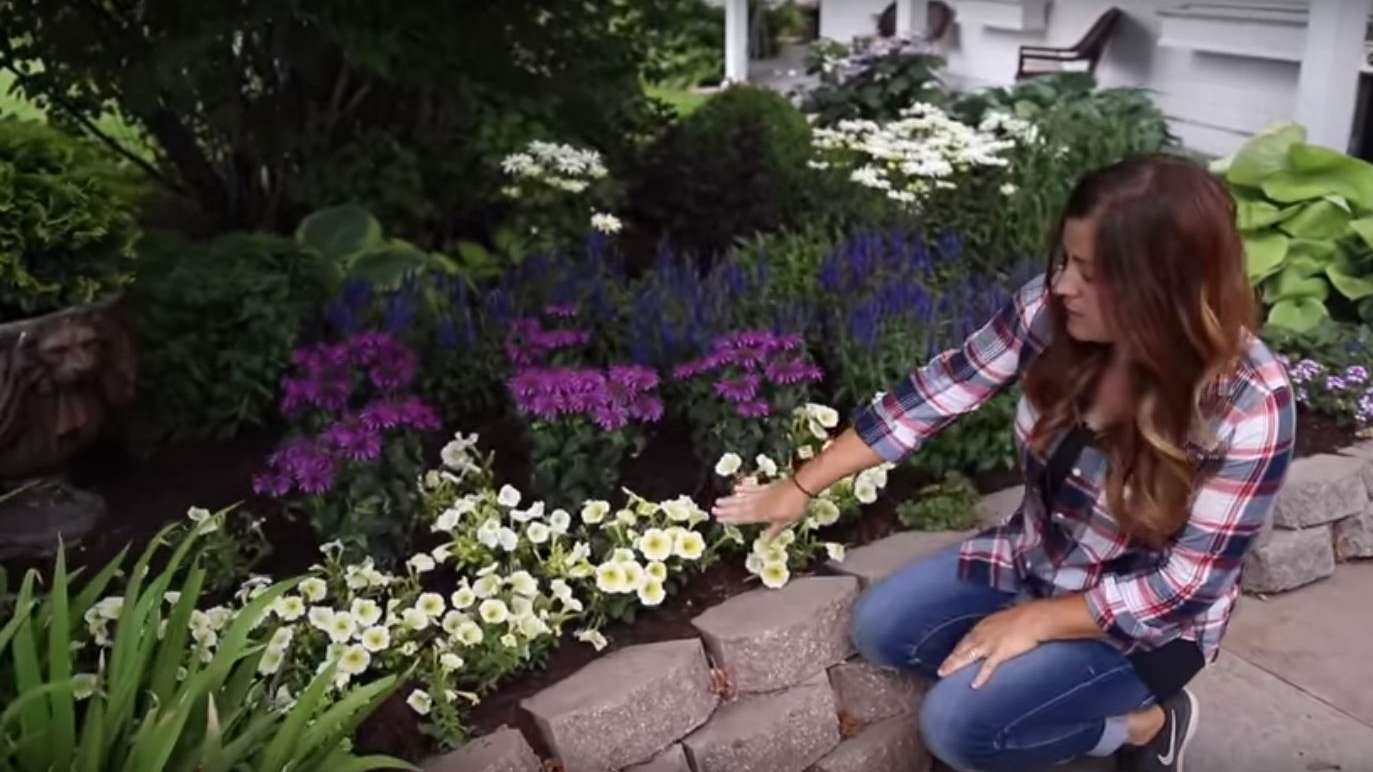Growing Temperature:
65-72° F for rooting out and growing on
Holding Temperature:
50-60° F
Soil PH:
5.5-6.2
EC (What is EC?):
1-1.25 pour through method
Fertility:
Moderate feeders, perform best with a constant liquid fertilization program at rates of 75-100 ppm Nitrogen.
For Controlled Release or Slow Release Fertilizer, see your preferred supplier for recommended rates for incorporation or top dressing, as it varies by fertilizer.
Vernalization:
Some varieties flower without vernalization but it is beneficial. Others require 10 weeks of cold to flower.
Pests & Diseases:
Scout for aphids, thrip and whiteflies.
Botrytis, powdery mildew and rust are the primary diseases to watch out for, Pythium and Verticillium can also affect Veronica.
Potting & Timing:
Bareroot will do best in 1 or 2 gallon containers and 72ct plugs can be planted in quart or gallon containers.
Moisture:
For potting soil use professional planting media.
Moderate to moist soil is recommended.
When irrigation is required, water thoroughly, allowing the soil to dry slightly between waterings.
Planting Level:
Place plugs at soil level and bareroot at soil level or slightly higher.
PGRs/Pinching:
Most growth regulators will work well on Veronica but some varieties tend to be sensitive, so proceed with caution to avoid overapplications. Daminozide (B-Nine/Dazide) at 2500-5000 ppm, Uniconazol (Sumagic/Concise) at 5-10 ppm are two options. It is best to start at lower rates and reapply if needed.
Pinching is beneficial if planting from plugs.
Growth regulator rates are suggestions but may vary due to time of year, region and water quality. Trialing is always recommended before applying to an entire crop.
Lighting:
Prefer to be grown at high light levels, supplemental light may be needed to compensate for naturally low light levels. Veronica will flower under any daylength but wll flower faster under long day conditions.
Other Comments:
For more continuous bloom, deadhead old or spent flower heads.
